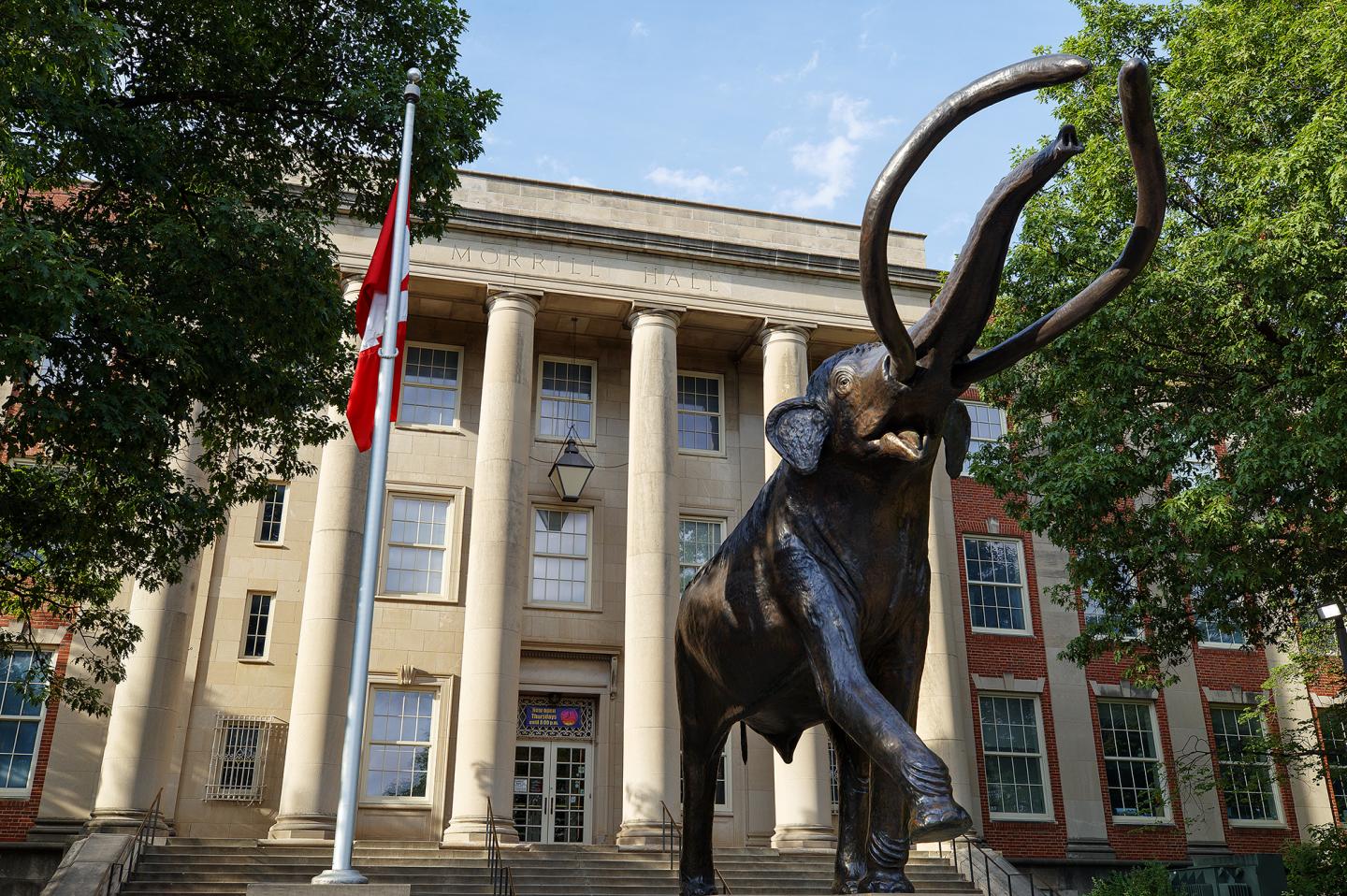<![CDATA[New research adds to the growing body of evidence that humans were responsible for the extinction of megafauna such as woolly mammoths and sabre-toothed cats, suggesting that this process might have begun much earlier than usually thought.
Thousands of years ago, spectacular megafauna inhabited the world’s continents, from Eurasia and the Americas to Australasia. Many of these creatures are now long extinct, with scientists debating at great length just how much of a role humans played.
The two dominant theories for this wave of mass extinctions are that either humans pushed these spectacular creatures to their demise, or that it was in fact the consequence of climate change around the last ice age.
Previous research has argued that human hunting pushed large mammals to start disappearing earlier and faster than smaller ones – a phenomenon called size-based extinction - in Australia around 35,000 years ago.
Significantly, the latest study is claiming that this size-based extinction in fact started in Africa at least 125,000 years ago. Led by the University of New Mexico’s Felisa Smith, the researchers used fossil and rock records to conclude that by that point, the average African mammal was already 50% smaller than those on other continents.
A crucial part of the team’s research saw them match these mass extinctions with the history of human migration. They discovered that as humans migrated out of Africa, the average mammal size in the newly occupied continents started to shrink, often to sizes even smaller than those found in Africa.
A clear pattern emerged – the animals that survived tended to be smaller than those that did not.
"It wasn't until human impacts started becoming a factor that large body sizes made mammals more vulnerable to extinction," said the University of Nebraska-Lincoln's Kate Lyons, who authored the study with Smith and colleagues from Stanford University and the University of California, San Diego.
"The anthropological record indicates that Homo sapiens are identified as a species around 200,000 years ago, so this occurred not very long after the birth of us as a species. It just seems to be something that we do.
"From a life-history standpoint, it makes some sense. If you kill a rabbit, you're going to feed your family for a night. If you can kill a large mammal, you're going to feed your village,” Lyons continued, in a University of Nebraska – Lincoln press release.
In the research, published in the journal Science, the authors claim that the ‘magnitude and scale’ of the size-based extinction surpassed any other in the last 66 million years. Importantly, they claim that their research also found little evidence that climate change could have been responsible for these extinctions.
“If climate were causing this, we would expect to see these extinction events either sometimes (diverging from) human migration across the globe or always lining up with clear climate events in the record,” said Lyons. “And they don’t do either of those things.”
[caption id="attachment_8594" align="alignnone" width="800"]
Ancient Humans Pushed Large Mammals to Extinction – The History News of the Week
